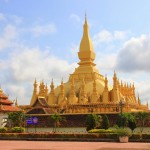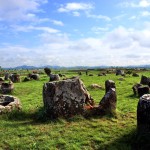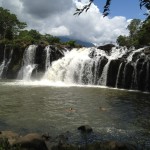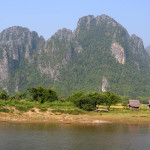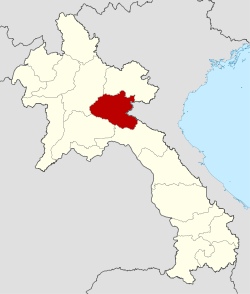
Phonsavan is the capital of the province of Xieng Khouang in Laos. It has a population of 37,507 and the name Phonsavan roughly translates as ‘hills of paradise’. Built during the 1970s, Phonsavan has picturesque countryside full of green hillsides and forests of pine trees. It replaced Muang Khoun which used to be known as Xieng Khoung which was ravaged during the Second War of Indochina. The colourful houses in the villages here are made from wood. Cattle raising provides a livelihood for the locals in this region. One can often see Hmong cowboys dressed in violet-and-brown attire complete with hats. New Year’s Day here is celebrated with bullfighting.
UNESCO has nominated the Plain of Jars in Phonsavan as a heritage site. It is a popular tourist attraction, receiving a many visitors every year.
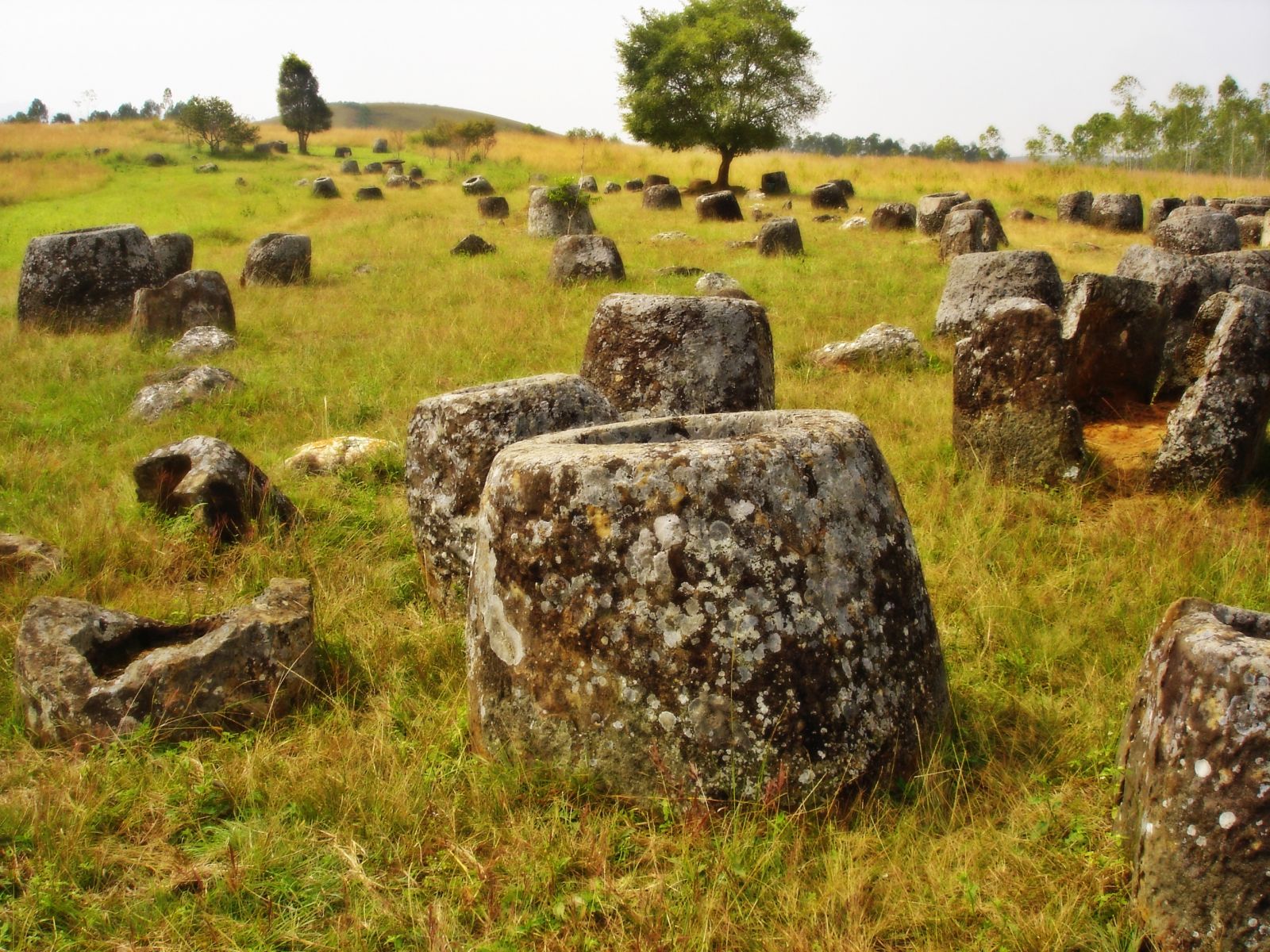
The Indochinese war sites such as the Plain of Jars became the Plain of Scars during the Indochinese war since it was directly in the way of the conflict. This site experienced extensive bombing and was also used as the drop-off point for unused artillery after the war. Xieng Khoung and Houaphan became the most heavily bombed places in the world on per capita basis. The condition was worsened by the intense amounts of herbicides and defoliants dropped here.
All these violent events have left their indelible scars on the area in the form of craters, empty shells and tanks. Locals have managed to recycle and reuse some of the war shrapnel into products of daily use such as vegetable planting tools, spoons, fencing material, barbeques and pumps.
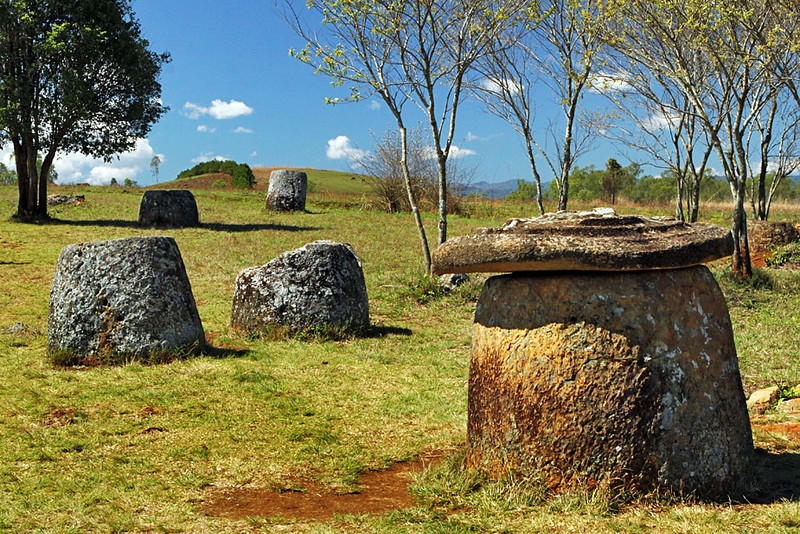
Many locals used the caves in the surrounding areas as shelter to live during the war days. Some of them were even made into care facilities that looked after war victims and injured soldiers. Even others were used to store weapons as well as medicine.
Tham Piu Cave is one of the caves that allow visitors to look around and inspect the remains of the war days. It is one of witnesses to unfortunate events that occurred during the ‘Secret War’, as it was called. Around 374 people died due to a rocket that landed at this spot in November 1969. These victims were refugees in this cave. Sadly, their bones still remain inside the cave. As the second of the two caves which are now open for tourists, the Tham Xang Caves still houses remains of the arsenal, medicines and traces of refugees that lived here during the war. Other than that, this cave is also worth a visit because of its sheer beauty. Ban Ta’s Hmong community maintains the cave and offers guided tours to visitors.
How to get to Phonsavan
Flights travel to and from Vientiane four days of the week at the Xiang Khouang Airport in Phonsavan. During the holiday season there are six flights via Lao Airlines which can be used from Hanoi or Vinh in Vietnam. This reduces to four flights during off season. One can acquire visas on arrival to Phonsavan at the Nam Ka border.
If you prefer taking the bus from Vinh it will take you 12 hours to reach Phonsavan. There are VIP or local buses running once a week from Vinh.
Phonsavan Activities
You can visit the SOS Orphanage between 08:00 – 16:00 on weekdays. Established in 1998, this orphanage takes in children who have lost their parents due to some mishap caused by UXO (unexploded ordinance). About 150 children are housed in 12 homes here. There is a pre-school along with a primary school where these kids receive basic education. Feel free to drop in sometime when you are in Xieng Khouang to spend time with them.
If you want a taste of local food go to the fresh food markets to experience products that are indigenous to the forests such as exotic mushrooms, pheasant meat and bamboo rats, and fruits such as plums, passion fruit and peaches.
The Navang Craft Centre is family run and is known for its wooden products mainly made from the rare Long Leng Wood procured from the Fujian Cypress tree. It is excellent for gifts and souvenirs.
There are a number of scenic war memorials for soldiers who died in the war of Indochina as well as that of Vietnam.
The Mulberry Silk Farm is a fair trade company that is trying to uphold the ancient tradition of sericulture and is keeping it alive amidst other more commercially viable fabrics in the present world market. The complete process of breeding silk worms and procuring the silk fibre from them is elaborated at the farm for visitors with a free guide to explain things. Workers use bark, leaves, berries, flowers, vines and seeds to make the colours used to dye the fabric. They try to promote the products as well as meet financial needs by selling souvenirs to tourists.
The interesting thing about the old cemetery up a hilltop located a kilometre away from the city of Phonsavan is the Tai Dam which is right in the middle of the tombstones. These graves are a mix of Chinese, Catholic and Lao Buddhist origin.


